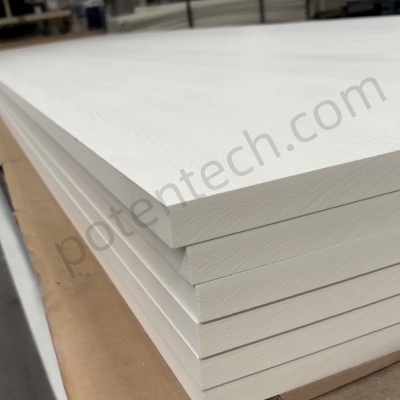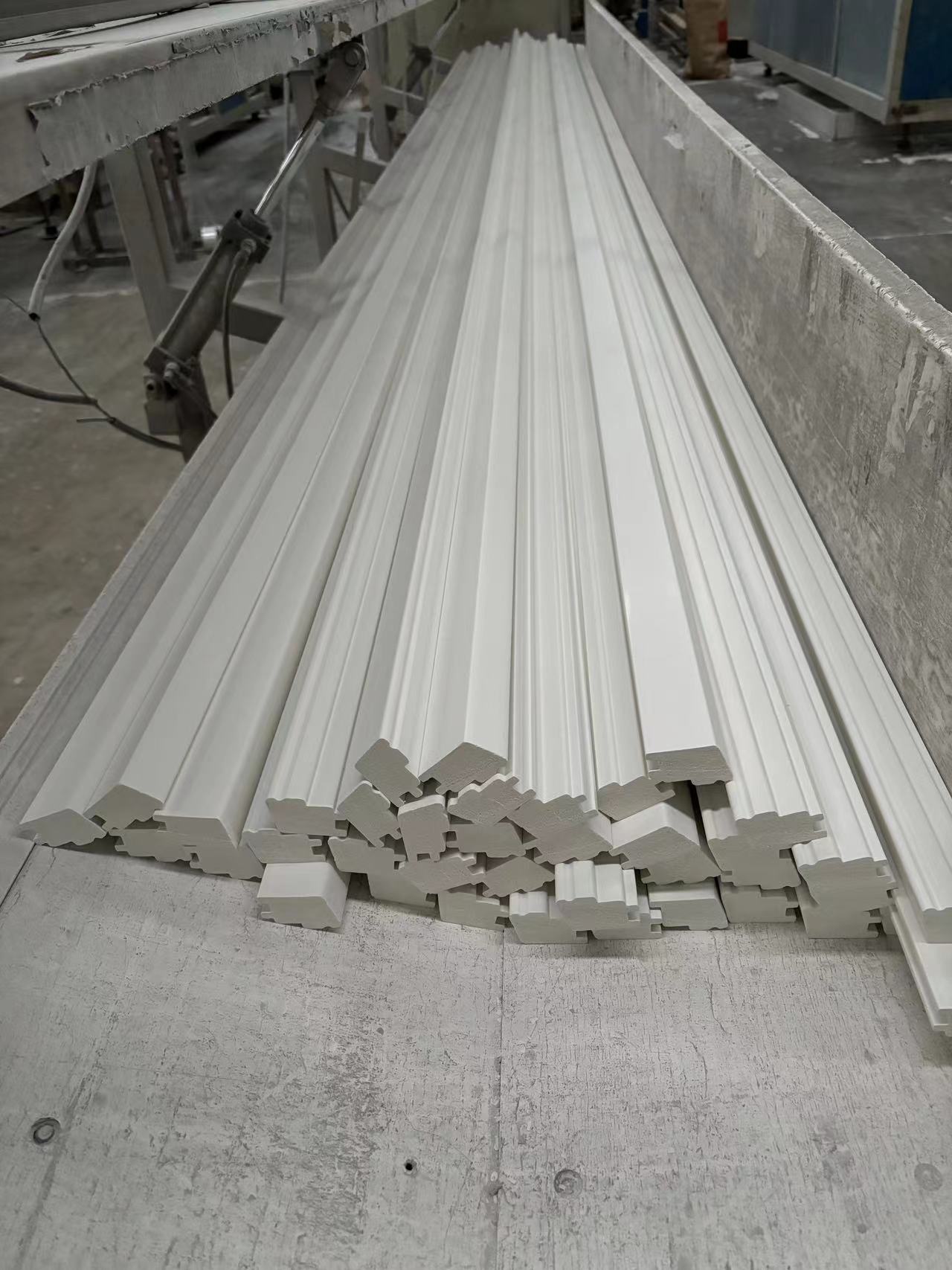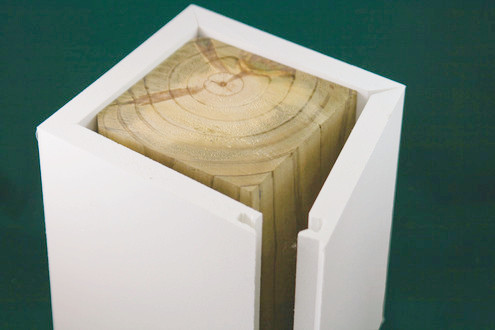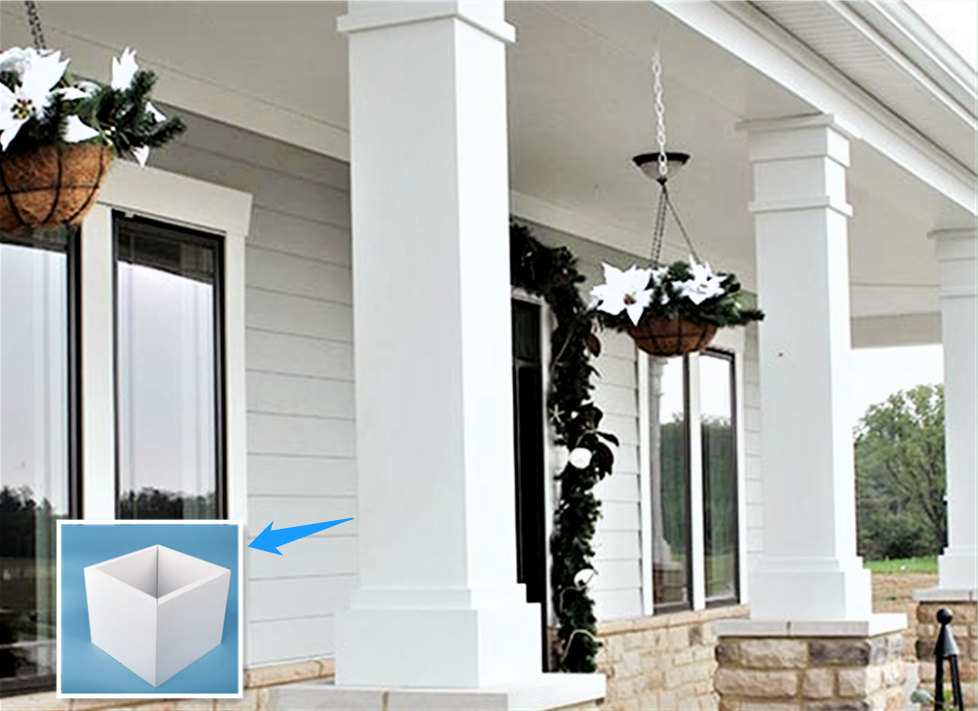Cellular PVC sheet, often used in construction and home improvement, is renowned for its durability and versatility.
Cellular PVC for construction is normally PVC trim, PVC moulding, and PVC sheet.
A key question for homeowners and builders alike is whether this material is resistant to common issues like insect infestation and rot. The short answer is yes, but let's dive deeper into why and how cellular PVC offers this protection.


What is Cellular PVC?
Cellular PVC, or polyvinyl chloride, is a type of plastic that has been engineered to have a foam-like structure.
This structure gives the material a range of beneficial properties, including light weight, flexibility, and ease of installation. Unlike traditional wood, which is susceptible to decay and insect damage, cellular PVC is designed to withstand these challenges, making it an excellent choice for outdoor applications like trim, siding, and decking.
How Does Cellular PVC Resist Insects?
One of the primary advantages of cellular PVC is its resistance to insect infestation. Insects like termites and carpenter ants are notorious for causing damage to wooden structures. They burrow into the wood, feeding on it and creating tunnels that can weaken the integrity of the material.
Cellular PVC, however, is not an organic material, which means it does not contain the nutrients that these insects seek. As a result, it is inherently resistant to insect damage. Termites and other pests are not attracted to cellular PVC, and even if they come into contact with it, they cannot consume or penetrate the material. This makes cellular PVC a particularly valuable option in areas where wood-destroying insects are prevalent.
Why is Cellular PVC Immune to Rot?
Rot is another common issue that affects wood, especially in environments that are moist or humid. Wood rot occurs when fungi break down the wood fibers, leading to a weakening of the material and eventual structural failure. The fungi that cause rot thrive in wet conditions, making any wooden element exposed to moisture vulnerable.
Cellular PVC, on the other hand, is completely resistant to rot. This resistance is due to the material's synthetic nature; it does not absorb water like wood does. Even in the most humid conditions, cellular PVC remains unaffected because it does not provide a suitable environment for fungi to grow. This makes cellular PVC ideal for applications like window trim, exterior molding, and other areas exposed to the elements.


Are There Any Limitations?
While cellular PVC is highly resistant to insects and rot, it is not entirely without limitations. For instance, while it does not decay like wood, it can become discolored or brittle over time due to prolonged exposure to UV rays from the sun. However, these issues can often be mitigated with proper maintenance, such as applying UV-resistant coatings or paint.
Additionally, cellular PVC is more expensive upfront compared to traditional wood. However, the long-term savings due to its durability and low maintenance needs often outweigh the initial cost.
Conclusion
Cellular PVC is an excellent material for anyone looking to avoid the common issues of insect damage and rot. Its synthetic composition means it does not attract pests and is impervious to fungal decay, making it a superior choice for outdoor applications. While it may require some initial investment, the benefits of reduced maintenance, longevity, and peace of mind make cellular PVC a wise choice for builders and homeowners alike.

